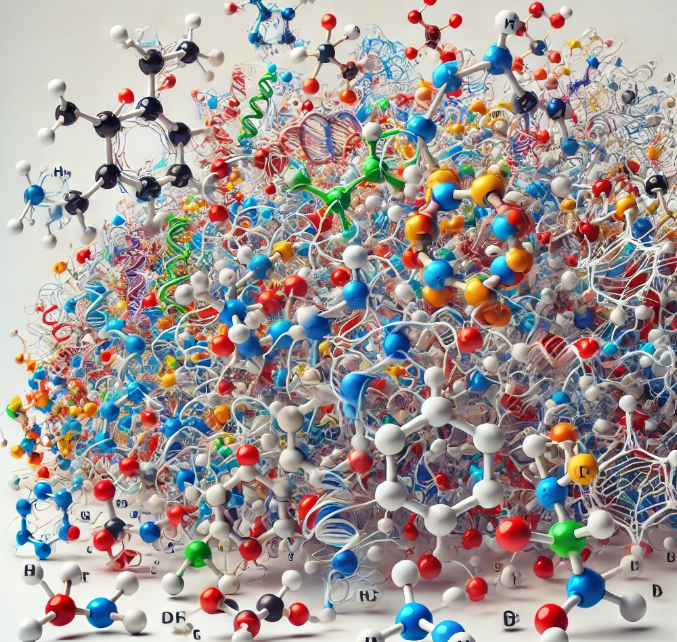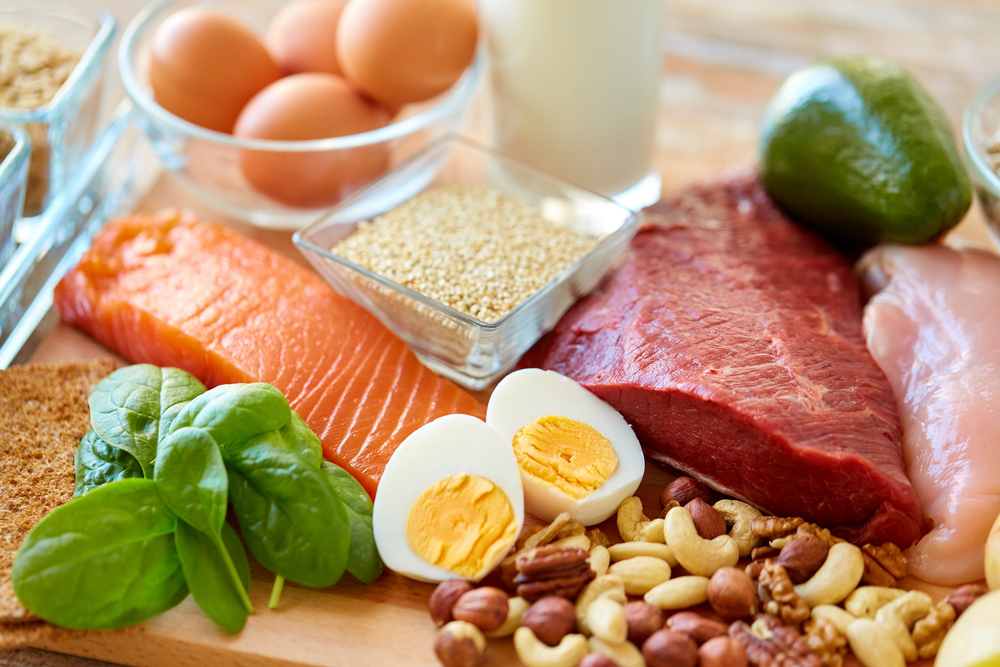Complete vs. Incomplete Protein: What’s the Difference?
Proteins are essential to nearly every function in our bodies. They play a role in building muscle, repairing tissues, producing enzymes, and supporting immune health. But not all proteins are created equal. If you’re focused on optimizing your nutrition, you've likely encountered the terms “complete” and “incomplete” proteins. Let’s break down what they mean, how they differ, and why both can play important roles in a healthy diet.
Understanding Proteins and Amino Acids
Proteins are made up of amino acids, often referred to as the “building blocks of protein.” There are 20 different amino acids in total, and our bodies can produce 11 of them. These 11 amino acids are considered “non-essential” because our bodies synthesize them on their own. However, there are nine “essential” amino acids that our bodies cannot produce, so we must obtain them from our diets.
The presence (or absence) of these nine essential amino acids is what determines whether a protein is considered complete or incomplete.

What Is a Complete Protein?
A complete protein contains all nine essential amino acids in sufficient amounts for your body’s needs. This makes it a high-quality protein source that can efficiently support body functions like muscle growth, immune function, and energy production. Complete proteins are often associated with animal products, but there are some plant sources of complete protein as well.
Sources of Complete Protein
Animal-Based Sources: Meat, poultry, fish, eggs, and dairy products (milk, cheese, and yogurt) are all considered complete proteins.
Plant-Based Sources: Certain plant foods, such as quinoa, soy products (like tofu and edamame), buckwheat, and chia seeds, are also complete proteins.
What Is an Incomplete Protein?
An incomplete protein is missing one or more of the nine essential amino acids. While these proteins are still valuable, they’re less efficient at supporting protein-dependent body functions on their own. Many plant-based foods are incomplete proteins, but they can easily be combined to create a balanced amino acid profile.
Common Sources of Incomplete Protein
Grains: Rice, wheat, and oats
Legumes: Beans, peas, and lentils
Nuts and Seeds: Almonds, peanuts, sunflower seeds, and hemp seeds
Vegetables: Broccoli, spinach, and kale, though they have smaller amounts of protein

Complementary Proteins: The Power of Combination
Combining different sources of incomplete proteins can create a complete protein profile, providing all nine essential amino acids. This concept is known as “complementary proteins” and is a foundational principle of balanced vegetarian and vegan diets.
Examples of Complementary Protein Combinations
Rice and Beans: Common in many cultures, this combination provides a balanced amino acid profile.
Peanut Butter and Whole Wheat Bread: Together, they make a complete protein that’s easy to prepare.
Hummus and Pita: Chickpeas and wheat create a tasty and complete protein pairing.
There’s no need to worry about eating complementary proteins in the same meal. As long as you consume a variety of protein sources throughout the day, your body will get the essential amino acids it needs.
Health Benefits of Complete and Incomplete Proteins
Both complete and incomplete proteins offer unique benefits, and a mix of both in your diet can be optimal.
Muscle Growth and Recovery: Complete proteins are particularly useful for athletes and those looking to build muscle, as they provide all essential amino acids in a single food source.
Weight Management: Protein helps increase feelings of fullness, which can aid in weight management. Both complete and incomplete protein sources can support this goal.
Heart Health: Many incomplete proteins, like beans, nuts, and whole grains, are rich in fiber, which is beneficial for heart health.
Plant-Based Benefits: A diet rich in plant-based incomplete proteins often includes higher levels of fiber, vitamins, and antioxidants, promoting overall health and reducing the risk of chronic diseases.

Should You Prioritize Complete Proteins?
For those who eat a variety of foods, there’s generally no need to obsess over consuming complete proteins at every meal. The body has an amino acid pool that allows it to use amino acids from different meals, as long as you’re consuming a balanced diet over time.
However, individuals with higher protein needs, such as athletes, pregnant individuals, and older adults, may benefit from focusing on complete proteins or a strategic combination of plant-based proteins to meet their requirements.
Conclusion
Complete and incomplete proteins each have unique nutritional profiles, and incorporating a variety of both can support a balanced diet. Animal products, soy, and a few other plant sources provide complete proteins, while grains, legumes, and vegetables offer excellent incomplete protein options. By combining different plant-based foods, you can easily obtain all essential amino acids, whether you follow a plant-based diet or not.
Understanding the difference between complete and incomplete proteins—and how they complement each other—empowers you to make informed choices that suit your dietary needs and lifestyle. Embrace the variety and enjoy the flexibility that both types of protein bring to your meals.

